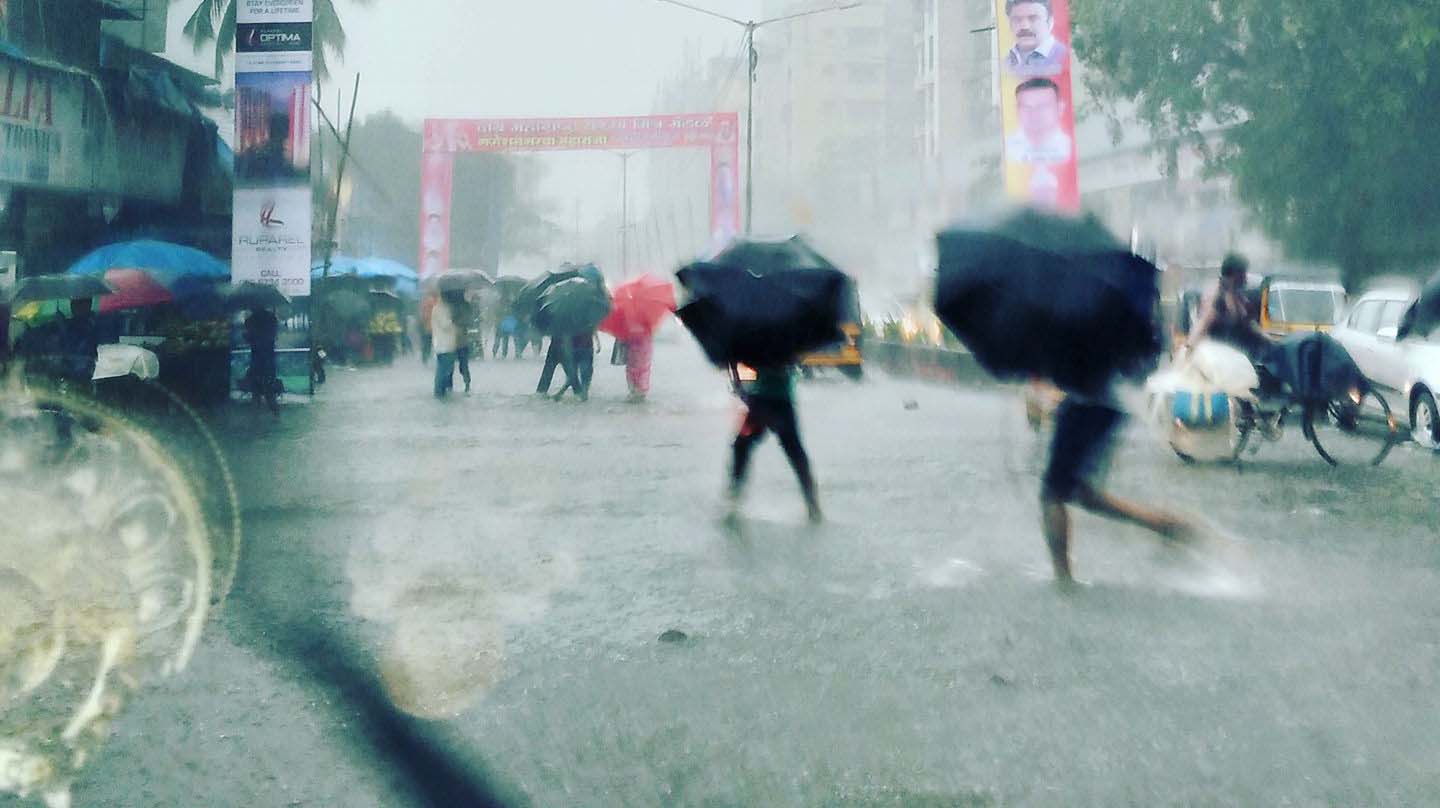Everywhere on the ground lay sleeping natives– hundreds and hundreds. They lay stretched at full length and tightly wrapped in blankets, heads and all. Their attitude and rigidity counterfeited death.
– Mark Twain, on a nocturnal drive through Bombay in 1896.
The Early History of Slums
Late in the 17th century, Gerald Aungier tried to attract traders and artisans to Bombay. As a result, the population grew six-fold in the fourteen years between 1661 and 1675. Some of the more prosperous traders built houses inside the British fort. The rest lived in crowded “native-towns” around the walls. These were probably the first slums to grow in Bombay.
The problem of overcrowding certainly remained through the 18th century. A count made in 1794 found 1000 houses inside the fort walls and 6500 immediately outside.
All over the world, the 19th century saw the growth of slums give the lie to the idea of progress brought on by large-scale industrialisation and the understanding and control of diseases. Bombay was no exception. The cotton boom, followed by the rapid growth of mills and shipping drew a large population from the rest of the country into a city ill-equipped to deal with them. In the middle of the 19th century slums grew around the mills and other places of employment.
The Birth of Slums
Historically, slums have grown in Bombay as a response to a growth of population far beyond the capacity of existing housing. Migrants are normally drawn to the city by the huge disparity between urban and rural income levels. Usually the residents of these densely populated enclaves live close to their place of work. The residential area itself does not provide employment.
Bombay knows another reason for the formation of slums. As the city grew, it took over land that was traditionally used for other purposes. The Koli fishermen were displaced during the development of the harbour and port. Those driven out of the fishing villages improvised living space that was often far shabbier than before. This process continues even now, at the end of the 20th century.
On the other hand, some villages were encysted by the city growing around them. Dharavi, originally a village with a small tanning industry, has become a slum in this fashion. Many of the older slums in Byculla and Khar were initially separate villages, with their own traditional industries.



